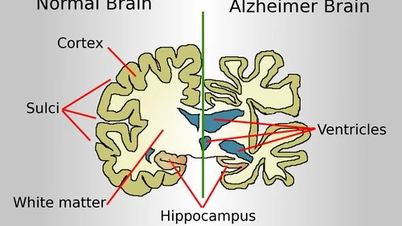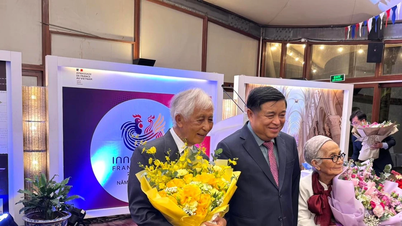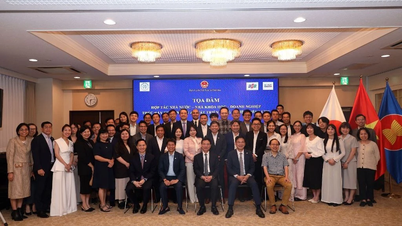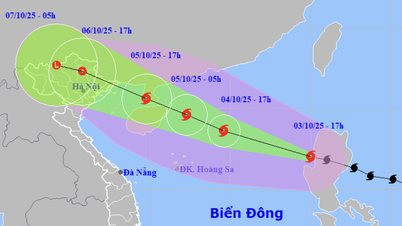
When we say we are "on the same frequency" with someone, it is not a mere metaphor, but actually exists on a physical level in the brain - Illustration: FRREPIK
Japanese scientists have just proven that optimists are actually "in tune" in thinking, thanks to surprisingly similar brain activity when they imagine the future.
A research team led by Dr. Kuniaki Yanagisawa of Kobe University conducted an experiment on 87 volunteers, divided into two groups with a clear tendency to think optimistically or pessimistically.
Volunteers were asked to imagine various future events while their brains were monitored using functional magnetic resonance imaging (fMRI), which records detailed patterns of neural activity.
The surprising results showed that people who were optimistic about the future showed very similar patterns of neural activity when thinking about the same event. In contrast, pessimists had a wide variety of ways of imagining the future and showed no clear similarities.
To put this difference into perspective, the team took inspiration from the opening line of Leo Tolstoy's famous work "Anna Karenina" and concluded: "Optimists are all alike, but each pessimist imagines the future in his own way."
“What is remarkable about this study is that the abstract notion of ‘mind-synchrony’ can actually be clearly observed through brain activity patterns,” Dr. Yanagisawa added.
Optimists also show a clearer distinction between positive and negative scenarios. This means that they don't try to sugarcoat bad situations, but instead process negative situations in a more distant and abstract way, thereby reducing their negative emotional impact."
The findings may help explain why optimistic people tend to have stronger, more positive social relationships and are more satisfied with their lives. This brain “synchrony” may be an important foundation for them to easily empathize and connect with each other.
According to Dr. Yanagisawa, the everyday feeling of being “on the same wavelength” as someone else is not a mere metaphor, but actually exists on a physical level in the brain. However, he also raises a new question: Is this “synchronicity” mechanism innate or is it developed over time through experience and social dialogue?
The long-term goal of this research is to better understand loneliness and the factors that promote communication, aiming for a society where people understand and share better.
Source: https://tuoitre.vn/phat-hien-thu-vi-nhung-nguoi-lac-quan-co-cung-tan-so-nao-20250803112500298.htm



![[Photo] Students of Binh Minh Primary School enjoy the full moon festival, receiving the joys of childhood](https://vphoto.vietnam.vn/thumb/1200x675/vietnam/resource/IMAGE/2025/10/3/8cf8abef22fe4471be400a818912cb85)
![[Photo] Prime Minister Pham Minh Chinh chairs meeting to deploy overcoming consequences of storm No. 10](https://vphoto.vietnam.vn/thumb/1200x675/vietnam/resource/IMAGE/2025/10/3/544f420dcc844463898fcbef46247d16)
































































































Comment (0)